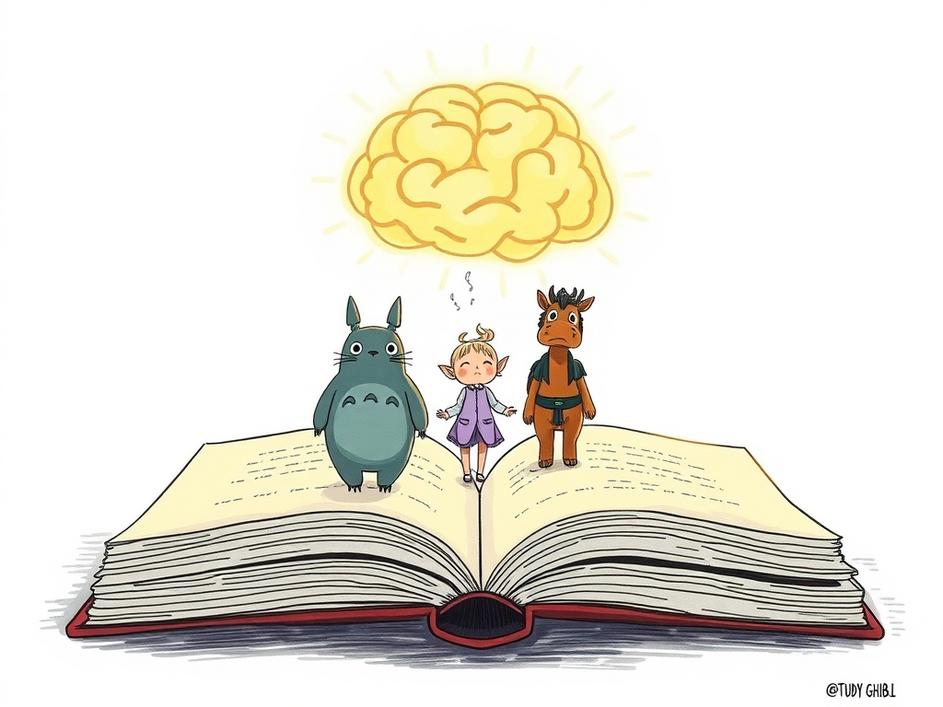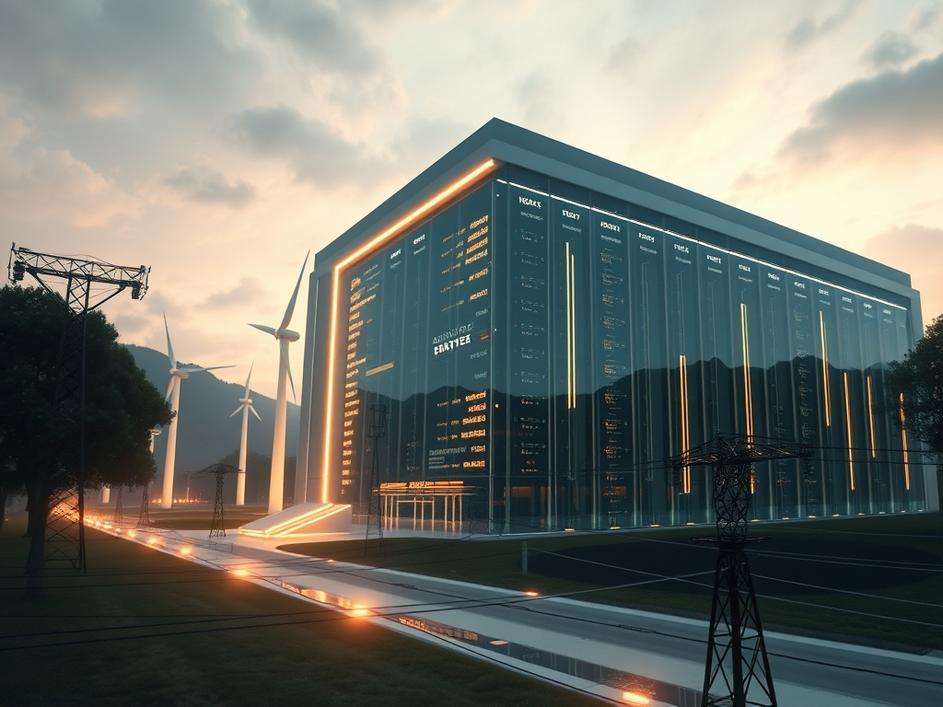


We are a digital agency helping businesses develop immersive, engaging, and user-focused web, app, and software solutions.
2310 Mira Vista Ave
Montrose, CA 91020
2500+ reviews based on client feedback
What's Included?
ToggleImagine a world where everything just… works together. Your alarm clock talks to your coffee maker, your car tells the traffic lights you’re coming, and your city helps manage everything from energy use to public safety, all without you having to lift a finger. This isn’t just science fiction anymore. It’s the vision that the World Internet of Things Exposition (WIoT) 2025, held in Wuxi, China, showcased to the world. This event wasn’t just a gathering of tech enthusiasts; it was a clear look into how our daily lives, our cities, and even our global economy are changing, piece by connected piece. Wuxi became, for a brief but impactful time, the epicenter of this shift, showing us what’s possible when technology truly starts to connect the dots in our world. It’s an exciting, sometimes overwhelming, picture, but one that’s rapidly becoming our reality.
So, what exactly is the “Internet of Things” (IoT) that everyone talks about? In simple terms, it’s about everyday objects – not just computers and phones – being able to connect to the internet and talk to each other. Think about your smart thermostat adjusting the temperature before you get home, or sensors in a factory floor telling managers exactly when a machine needs maintenance. It’s about cars sharing traffic data in real-time to prevent jams, and even refrigerators ordering groceries when you’re low on milk. The WIoT 2025 in Wuxi brought together countless examples of this, from tiny sensors that monitor air quality to massive systems that manage entire smart cities. It shows how even the smallest devices can gather information and, when connected, create a much bigger, smarter picture of the world around us. It’s about making our environments more responsive and our lives a little bit easier.
Wuxi, a city with a rich history, has quietly become a significant player in the world of technology and innovation, especially when it comes to the Internet of Things. Hosting an exposition of this scale, like the WIoT 2025, isn’t just a matter of having the right venues; it reflects the city’s deep commitment to pushing the boundaries of smart technology. Wuxi has invested heavily in developing its tech infrastructure and fostering an environment where new ideas can grow. This has attracted companies, researchers, and talent from all over the globe, making it a natural fit for an event that explores the future of connected living. By bringing together leaders and innovators, Wuxi isn’t just showcasing what’s new; it’s actively shaping the conversations and partnerships that will drive the next wave of technological progress. It highlights how certain places become hubs of progress, pulling the future closer to us.
The reach of IoT goes far beyond making your living room smarter. Imagine entire cities that can predict and manage traffic flow, reducing commute times and pollution. Picture hospitals using connected devices to monitor patients remotely, providing better care and freeing up resources. Think about agriculture, where sensors can tell farmers the exact amount of water and nutrients their crops need, saving resources and increasing yields. These are not just theoretical ideas; they were practical solutions on display in Wuxi. This level of connectivity promises huge jumps in efficiency, safety, and even our quality of life. It’s about building a better infrastructure for daily living, making our environments more responsive to our needs, and helping us manage complex systems with a level of insight we’ve never had before. The benefits touch almost every part of our society.
While the promise of an intelligently connected world is exciting, it also brings up important questions we need to think about. As more and more devices collect data about us and our surroundings, privacy becomes a really big deal. Who owns all this information? How do we make sure it’s used responsibly and doesn’t get into the wrong hands? Also, as we rely more on these smart systems, what happens if they fail, or if they’re not designed in a way that helps everyone? The WIoT 2025 wasn’t just about showing off cool gadgets; it also served as a crucial platform for discussing these ethical considerations. It’s a chance for experts and policymakers to talk about how to build a connected world that is not only smart but also fair, secure, and beneficial for everyone. We have to make sure that as we build this new future, we do it thoughtfully and with people’s well-being at its center.
Expos like WIoT 2025 are not just one-time events; they are catalysts. When the doors close in Wuxi, the real work of integrating these new technologies into our lives and industries truly begins. Companies return home with new partnerships, inspired ideas, and a clearer vision for their next steps. Researchers go back to their labs with fresh perspectives, ready to tackle the next set of challenges. The lessons learned, the innovations showcased, and the conversations started in Wuxi will influence product development, urban planning, and policy-making for years to come. It’s an ongoing journey of invention, testing, and improvement. The expo helped to accelerate the adoption of these technologies and highlight the next big problems to solve, ensuring that the pace of innovation continues long after the spotlights dim.
The World Internet of Things Exposition 2025 in Wuxi offered a powerful glimpse into a future that’s already taking shape around us. It’s a future where connectivity isn’t just a feature but the very foundation of how our world operates. This isn’t just about faster internet or fancier gadgets; it’s about a fundamental shift in how we interact with our environment, our work, and each other. While the possibilities are vast and incredibly exciting, they also call for careful thought and active participation from all of us. Understanding this connected world is the first step in helping to shape it responsibly. The future presented in Wuxi is not just coming; in many ways, it’s already here, and we all have a role to play in making it a good one.



Leave a reply